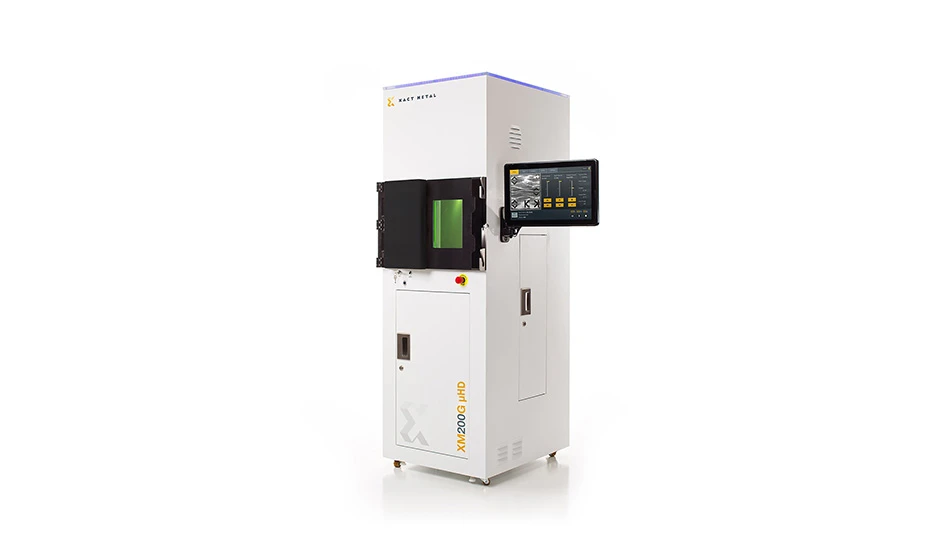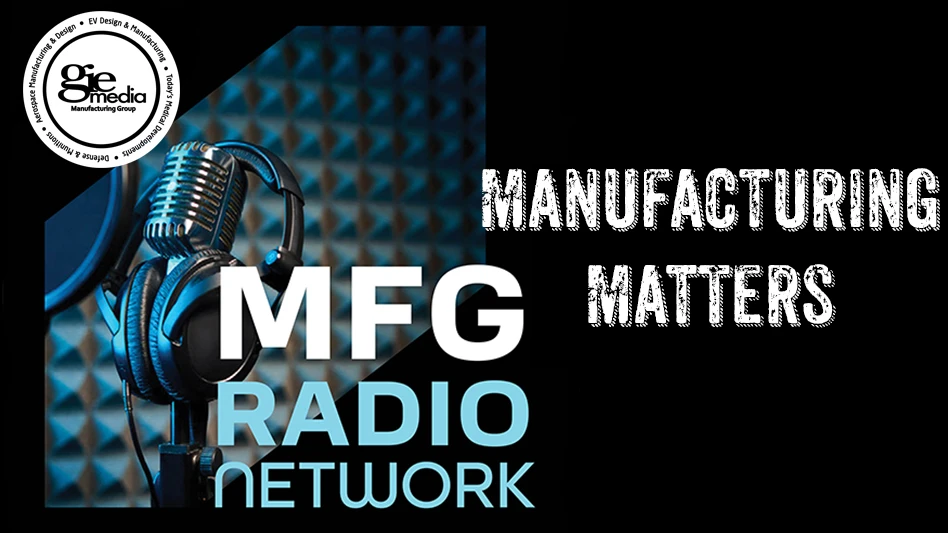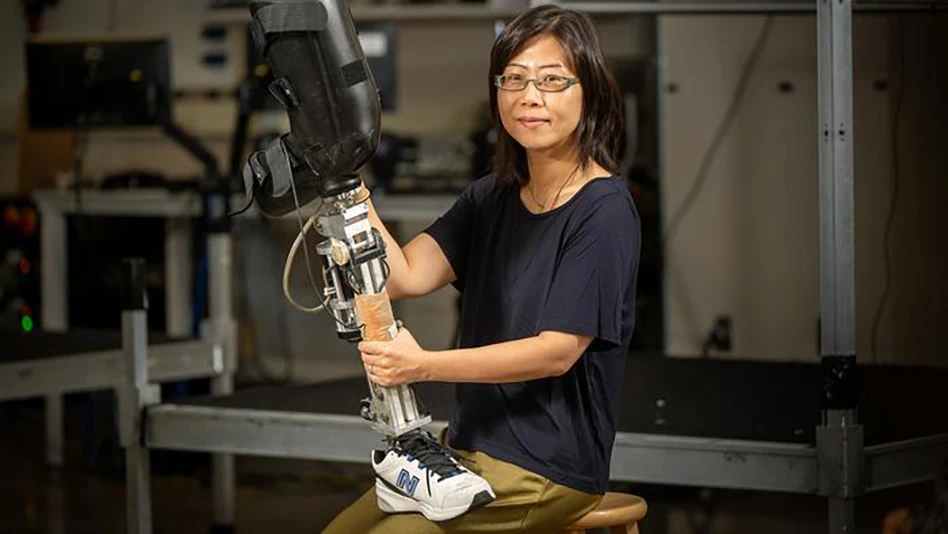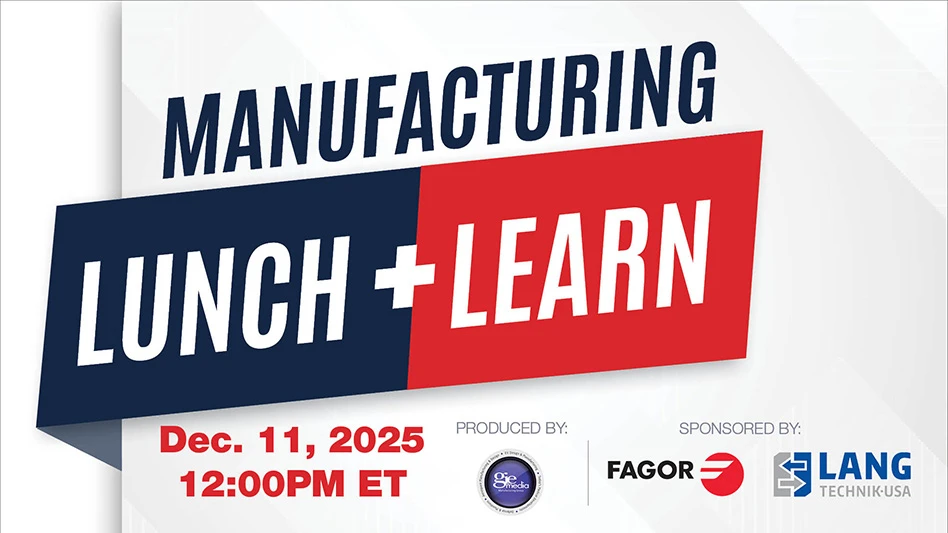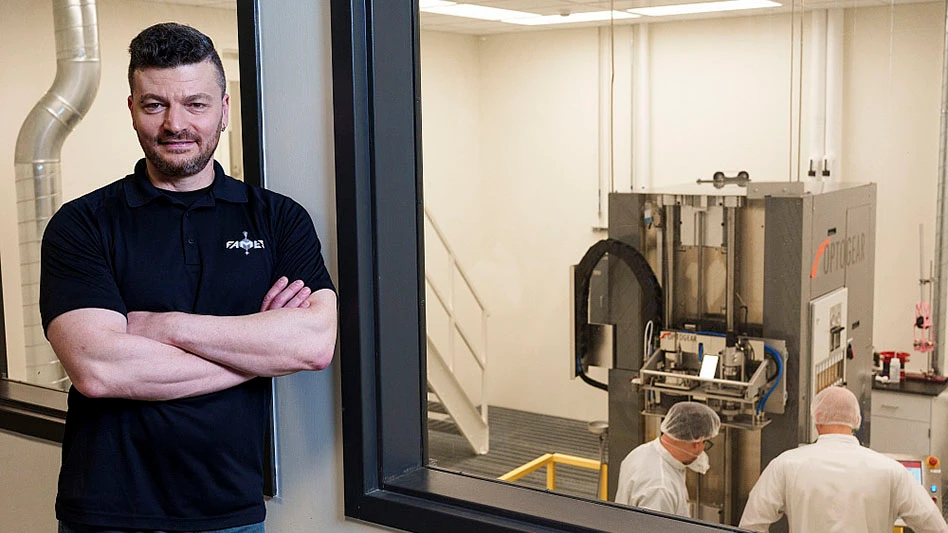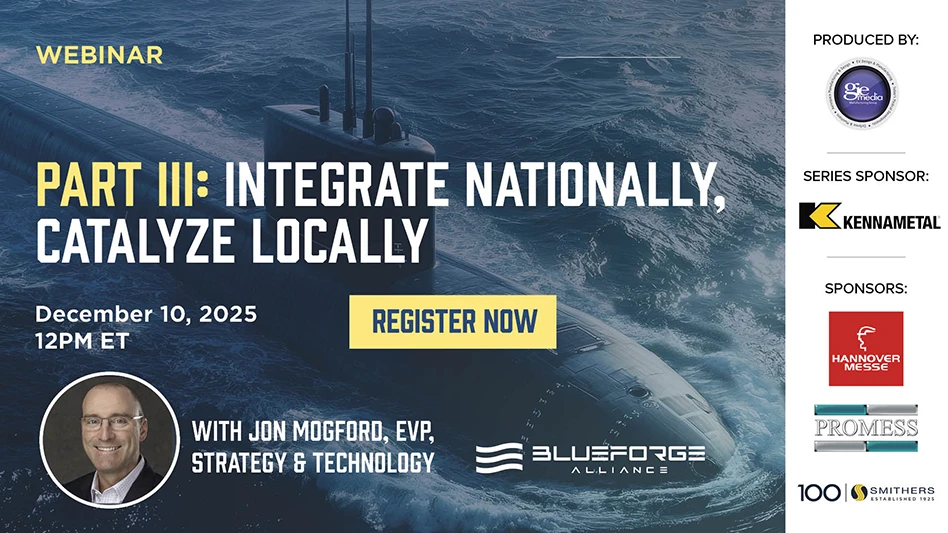
Birmingham, UK – Titanium is fast becoming the material of choice in a growing number of industrial applications, most notably the medical, aerospace, electronics, and chemical, sectors. Key among the attributes that make it so attractive is its excellent strength-to-weight ratio, biocompatibility, corrosion resistance, and its extensive temperature range and low thermal expansion coefficients. But these attributes also make conventional processing methods challenging. For example, it can take up to 10 to 100 times longer to shape components made from titanium than those made from aluminum alloys. In addition, production technologies that use mechanical abrasion result in high levels of waste titanium material. Production methods for processing titanium therefore have to be fast and minimize waste to be considered economical.
In 2012 Precision Micro was acquired by leading aerospace, defence, and electronics giant Meggitt plc., which opened up new possibilities for the company, not least due to the scale of investment in new processes and opportunities that is now taking place. One such was the development of the photo-etching process for the volume production of components produced from sheet titanium and its alloys, made possible by a €1m investment in the plant and premises in 2014
Today, the company is able to offer scalable production of photo-etched titanium parts from one to millions, bringing all the inherent advantages of photo-etching to this versatile material.
Photo-etching is well known for producing burr free parts with clean profiles and no heat-affected zones, and stress free parts with metal properties remaining unaffected. As the process relies on digital tooling (meaning that tooling costs are measured in the hundreds of pounds not the thousands of pounds), the process allows for multiple design iterations quickly and at low cost, with no effect on product time-to-market. The process itself is fast and economical with lead-times measured in days not weeks, and it is precise down to the most exacting micro levels, accuracy even on the most complex of parts being a key attribute.
Precision Micro has a clear vision for the future of photo-etching of titanium. Mick Taylor, commercial director summarizes why this new offering is so vital for industry. “A reliable European-based titanium photo-etch capability like that now offered by Precision Micro means that companies do not have to suffer exposure to currency fluctuations, duties or delivery costs which occur when relying on supply from outside of Europe. Titanium’s biocompatibility fits perfectly with the production of technical medical implantable devices such as reconstructive meshes, antennas, and anode and cathode battery current collectors. We also predict huge interest from the aerospace sector, where titanium is used to strengthen carbon fiber. Titanium can withstand comparable loads better than aluminum and has minimal fatigue concerns; its corrosion resistance also making it the material of choice for the chemical industry where oxidizing agents are often present.
Marcus Heather, business director at Precision Micro describes the advantages of photo-etching when manufacturing with titanium compared with more traditional technologies. “Issues associated with the manipulation of metals via machining, stamping, punching, and pressing are exacerbated when manufacturing with titanium due to its strength and resilience. Applying photo-etching to titanium eliminates stress and burr related problems associated with alternative manufacturing technologies, and opens up an array of possibilities in the areas of medical implants, numerous applications in the aerospace sector, military applications which require a combination of light-weight, strong, heat resistant, and corrosion resistant parts, and hydrogen fuel cells.”
Source: Precision Micro
Latest from Today's Medical Developments
- GrindingHub Americas launches in 2027 in Cincinnati, Ohio
- Methods Machine Tools now offers the Nakamura-Tome NT-Flex
- Battelle awards $900,000 in STEM education grants to Ohio schools
- #55 Lunch + Learn Podcast with KINEXON
- Starrett and Gerstner offer limited edition, American made 1950s replica wooden machinist tool chests
- EMCO’s UNIVERSALTURN 50: The new benchmark in universal turning
- Archetype's Expertise for Equity accelerates early-stage innovation
- Stratasys expands its AM solutions with Tritone's cutting-edge technology
